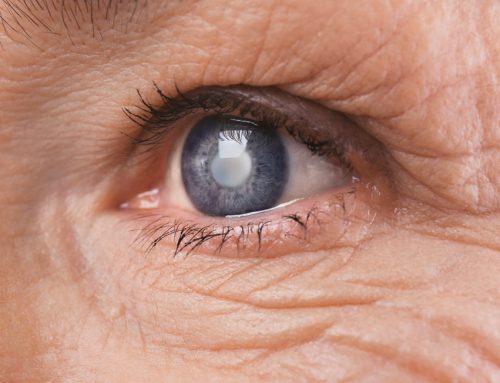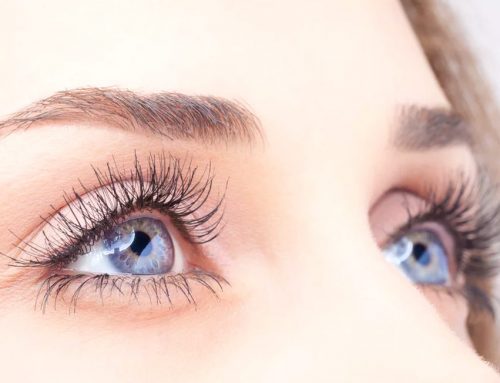Age-related macular degeneration (AMD) is an eye condition that affects a tiny part of the retina at the back of your eye, which is called the macula.
AMD causes problems with your central vision, but does not lead to total loss of sight and is not painful. AMD affects the vision you use when you’re looking directly at something, for example when you’re reading, looking at photos or watching television. AMD may make this central vision distorted or blurry and, over a period of time, it may cause a blank patch in the centre of your vision.
Dry Age Related Macular Degeneration
Dry Macular Degeneration (non-neovascular). Dry AMD is an early stage of the disease and may result from the aging and thinning of macular tissues, depositing of pigment in the macula or a combination of the two processes.
Dry macular degeneration is diagnosed when yellowish spots known as drusen begin to accumulate in and around the macula. It is believed these spots are deposits or debris from deteriorating tissue.
Gradual central vision loss may occur with dry macular degeneration but usually is not nearly as severe as wet AMD symptoms. However, dry AMD through a period of years slowly can progress to late-stage geographic atrophy (GA) — gradual degradation of retinal cells that also can cause severe vision loss.
A major National Eye Institute study (AREDS) has produced strong evidence that certain nutrients such as beta carotene (vitamin A) and vitamins C and E may help prevent or slow progression of dry macular degeneration. These findings have led to development of a number of different AREDS nutritional formulas for macular degeneration prevention.
The AREDS study shows that taking high dose formulas of certain nutritional supplements found in eye vitamins may reduce risk of early stage AMD progression by 25 percent.
Ophthalmologists also recommend that dry AMD patients wear sunglasses with UV protection against potentially harmful effects of the sun.
Wet Macular Degeneration (neovascular).
In about 10 percent of cases, dry AMD progresses to the more advanced and damaging form of the eye disease. With wet macular degeneration, new blood vessels grow beneath the retina and leak blood and fluid. This leakage causes permanent damage to light-sensitive retinal cells, which die off and create blind spots in central vision.
Choroidal neovascularization (CNV), the underlying process causing wet AMD and abnormal blood vessel growth, is the body’s misguided way of attempting to create a new network of blood vessels to supply more nutrients and oxygen to the eye’s retina. Instead, the process creates scarring, leading to sometimes severe central vision loss.
Wet macular degeneration falls into two categories:
Occult. New blood vessel growth beneath the retina is not as pronounced, and leakage is less evident in the occult CNV form of wet macular degeneration, which typically produces less severe vision loss.
Classic. When blood vessel growth and scarring have very clear, delineated outlines observed beneath the retina, this type of wet AMD is known as classic CNV, usually producing more severe vision loss.




